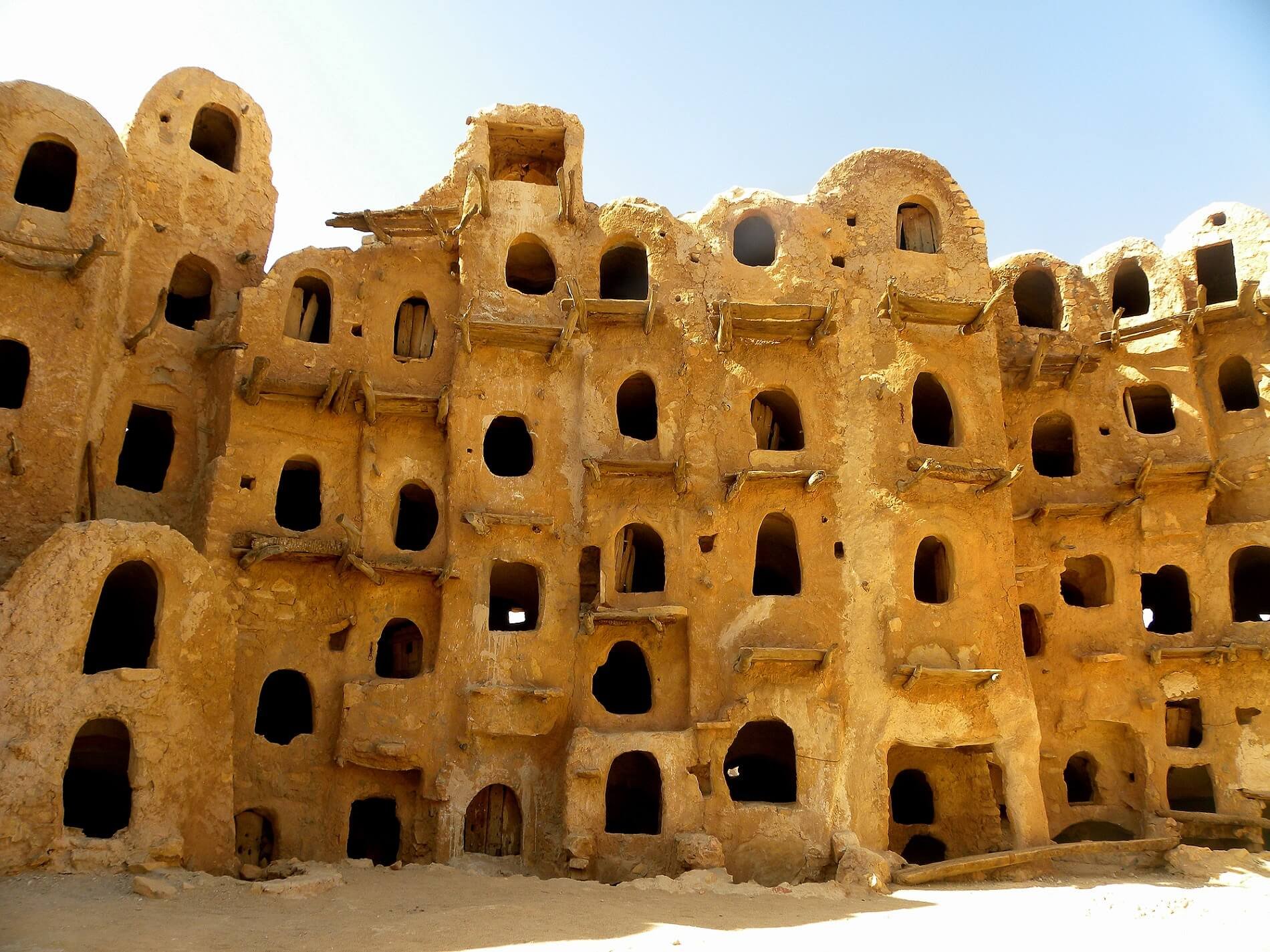In and around Tripoli, popular unrest and discontentment is now a major threat to the larger Libyan political process. The Libyan power grid suffered huge disruptions across last week, with Tripoli witnessing blackouts of 15-18 hrs on average. Southern Libya suffered a total blackout for three days from 16-19 June, cutting off water supplies to Tripoli and the rest of the western region.Control of the electricity grid by militias from outside Tripoli has fuelled political and social division between these regions. Blackouts, water shortage, and the continuing lack of currency in the banks, coupled with record temperatures and Ramadan is providing a potent mix for explosive social unrest in the foreseeable future. Finally, the political damage to the GNA Presidential Council on the back of the attack on Ajdabiya on 18 June by Islamist militias, endorsed by the Grand Mufti in Tripoli and hard-liner revolutionaries may also undo fragile militia alliances in Tripoli leading to a disassociation of the moderate and hardline supporters of the GNA.The threat against the GNA in Tripoli from neo-rogue hardline Islamists (and thereby the sustainability of the entire political process) is also accelerating because collapse of social service infrastructure of money, power and water in the country. As the GNA nears the end of its honey-moon, average power outages are at 15 hrs a day in Tripoli, bank queues are transforming into gang fights, and Libyan currency devaluation broke new records this week with 1 USD equivalent to 4.20 Libyan Dinars. Tripoli nights are now punctuated with regular road blockades and protests, making reprisal attacks by local militias against the GNA and other facilities (banks, shipping) very possible in the near-medium term.Seems as if the dominance of the GNA by Islamist-leaning politicians and militias was not implicit in the UN negotiations themselves (which were actually biased towards the anti-Islamists), but rather derives from the fact that the HoR didn’t participate enough in the UN process and hence has lost its ability to influence the GNA. Also the brute reality that being based in Tripoli would per force make the GNA subject to the influence of the militias that are based there is only now fully exerting its head.On other notes, open conflict between Haftar’s LNA and Islamist militias from Libya’s West which attacked Ajdabiya is now very likely, and may risk spilling over into a broader tribal/regional conflict involving the LNA and the PFG. Tensions between the LNA and the PFG units loyal to Ibrahim Jadhran have also spiked, due to the ambivalence of the PFG towards the attack on the LNA. The Islamist militias retook the main Man Made River station and sections of the industrial area in Southern Ajdabiya on 18 June, before being reportedly evicted by a mobilisation of LNA and local volunteers, supported with LNA airstrikes. On 19 June the GNA and its minister of defence (who was visiting Ras Lanuf and areas west of Sidra in the company of Ibrahim Jadhran on 17 June) issued solid condemnations of the attack, but the PFG’s seeming ambivalence and backtracking of some GNA members, have further weakened the GNA and the PFG’s hand in Eastern Libya and the oil crescent by casting them as aligned with Western Islamist militias. HoR President Agilah Saleh appointed LNA Chief of Staff Nadhouri as a military governor over Eastern Libya from Derna to Bin Jawwad, which signals a possible OK to conflict between the LNA and the PFG in the oil crescent (which lies almost exclusively in that region).

